Archives
- 2025-11
- 2025-10
- 2025-09
- 2025-03
- 2025-02
- 2025-01
- 2024-12
- 2024-11
- 2024-10
- 2024-09
- 2024-08
- 2024-07
- 2024-06
- 2024-05
- 2024-04
- 2024-03
- 2024-02
- 2024-01
- 2023-12
- 2023-11
- 2023-10
- 2023-09
- 2023-08
- 2023-06
- 2023-05
- 2023-04
- 2023-03
- 2023-02
- 2023-01
- 2022-12
- 2022-11
- 2022-10
- 2022-09
- 2022-08
- 2022-07
- 2022-06
- 2022-05
- 2022-04
- 2022-03
- 2022-02
- 2022-01
- 2021-12
- 2021-11
- 2021-10
- 2021-09
- 2021-08
- 2021-07
- 2021-06
- 2021-05
- 2021-04
- 2021-03
- 2021-02
- 2021-01
- 2020-12
- 2020-11
- 2020-10
- 2020-09
- 2020-08
- 2020-07
- 2020-06
- 2020-05
- 2020-04
- 2020-03
- 2020-02
- 2020-01
- 2019-12
- 2019-11
- 2019-10
- 2019-09
- 2019-08
- 2019-07
- 2019-06
- 2019-05
- 2019-04
- 2018-07
-
br Materials and methods br Results br
2020-11-20
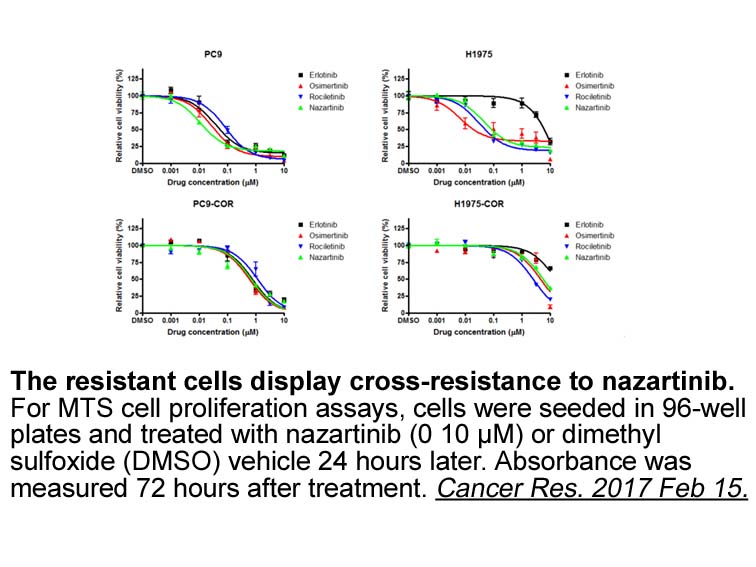
Materials and methods Results Discussion In this paper, we have demonstrated application of the glmS ribozyme reverse genetic tool for chemogenomic profiling in Plasmodium spp. This tool can provide robust attenuation of expression for different target genes, across different strains varyi
-
br Conclusions In conclusion we
2020-11-19
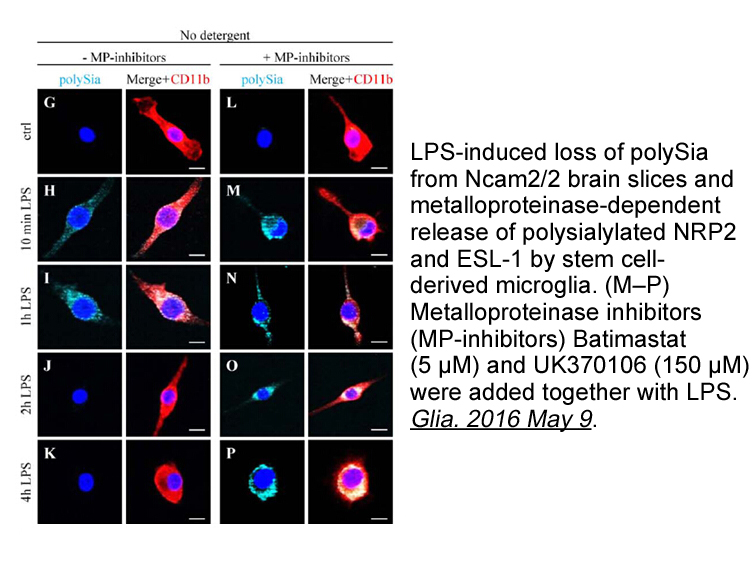
Conclusions In conclusion, we identified and overexpressed DGAT2 in fast growing, oleaginous N. oceanica for the first time. The engineered N. oceanica overexpressing DGAT2 resulted in enhanced neutral lipid accumulation and altered fatty Naproxen Sodium sale composition. Altogether, our finding
-
br Conflicts of interest br Acknowledgments Work in the labo
2020-11-19

Conflicts of interest Acknowledgments Work in the laboratory of SPS is funded by Council of Scientific and Industrial Research (CSIR) Network Project BSC-0111 (INDEPTH) and BSC-0112 (NanoSHE). We are thankful to Director, CSIR-IITR for his constant encouragement and support. We also acknowled
-
β-Glycerophosphate sodium salt hydrate receptor br Pre clini
2020-11-19
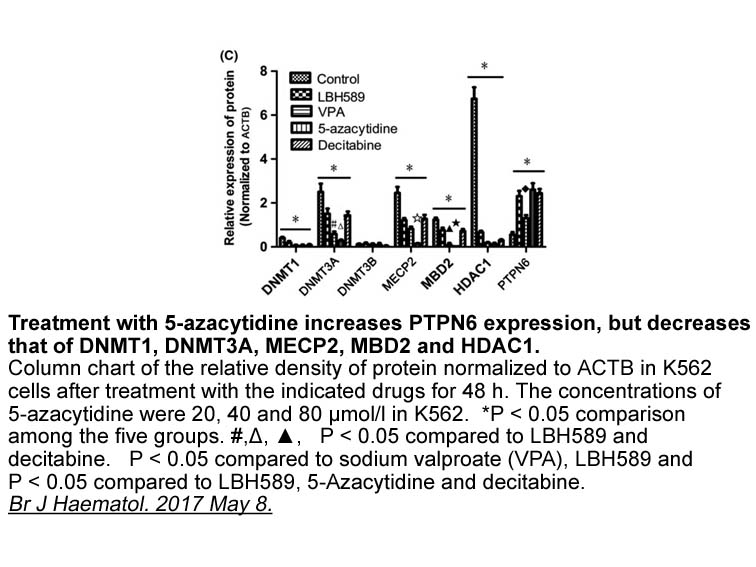
Pre-clinical combination studies using CSF-1/CSF-1R inhibitors In preclinical models, the CSF-1R pathway can be blocked by using either small molecule kinase inhibitors (GW2580 [30], PLX3397 [31], Ki20227 [32], BLZ945 [33] and CYC11645 [34]), antibody-mediated inhibition of CSF-1 using 5A1 [35] o
-
Several RNA BPs like the ELAV protein family member
2020-11-19

Several RNA-BPs, like the ELAV protein family member HuR, tristetraprolin (TTP) or the KH-type splicing regulatory protein (KSRP) have been shown to interact with these AREs and thereby lead to stabilization or destabilization of the mRNA [5]. Control of nucleocytoplasmic mRNA export is also very i
-
Placental insufficiency is regarded as the
2020-11-19

Placental insufficiency is regarded as the main etiology for FGR. Placental development is highly unique in eutherians and is regulated by numerous factors. For example, the novel retrotransposon-derived gene retrotransposon-like 1 (RTL1) was recently shown to play a key role in placental developme
-
The performance of the qCPA approaches is similar with regar
2020-11-19

The performance of the qCPA approaches is similar with regards to the derivative properties of CO2 and for mixtures of CO2+self-associating compounds. For CO2+n-alkanes the four-parameter versions of qCPA both perform somewhat better than the three-parameter version. Nevertheless this modest improve
-
Almost all previously published haplotype association studie
2020-11-19
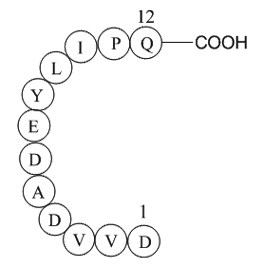
Almost all previously published haplotype association studies have demonstrated the importance of haplotype reconstruction because the combinations of SNPs exert synergistic effects on protein function. Even synonymous polymorphisms within haplotypes can have functional consequences that are drastic
-
The recombinant Scl collagen system has shown capability as
2020-11-19
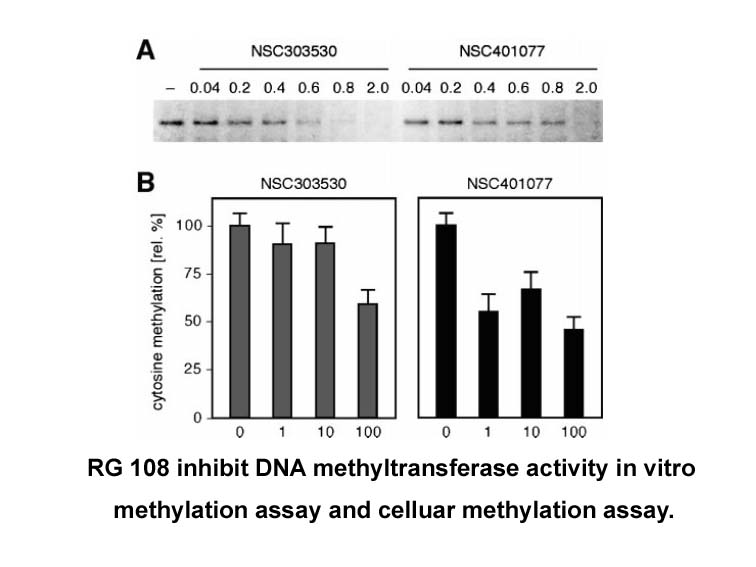
The recombinant Scl2 collagen system has shown capability as a biomaterial as well because of its adaptability and scalability. Scl2 was functionalized to crosslink into a hydrogel without disrupting its triple helix [130]. The Scl2–hydrogel crosslinking also did not disrupt cell adhesion and integr
-
bromodomain inhibitor Another significant finding in our stu
2020-11-19
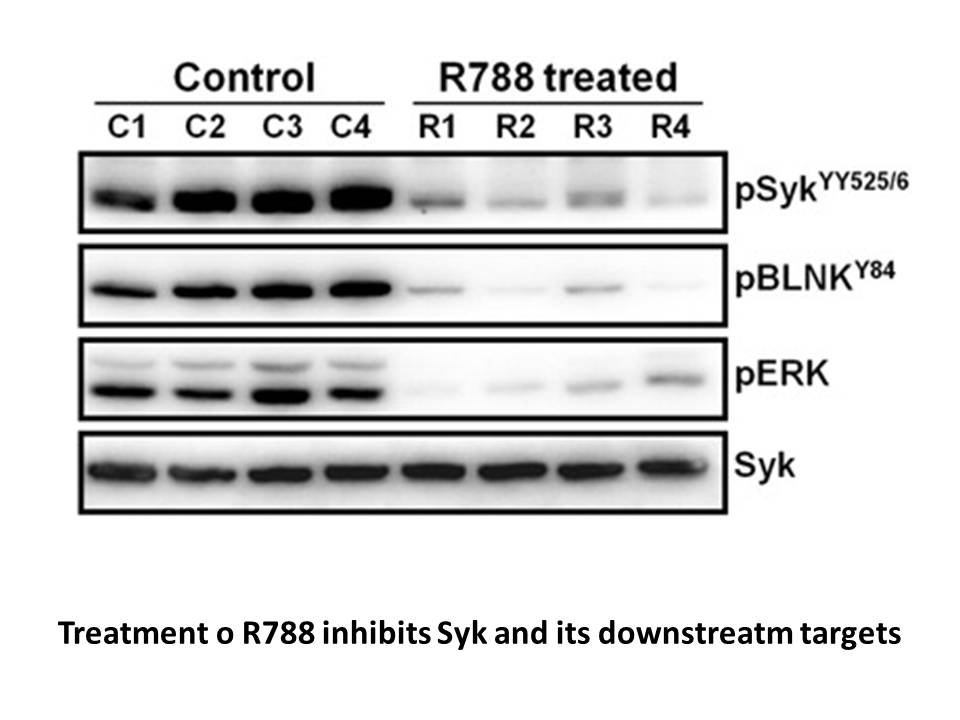
Another significant finding in our study was the demonstration that the axon-protective action associated with CK2 inhibition correlated with preservation of mitochondrial structure and function in bromodomain inhibitor (Fig. 11). Because of the consistent protection conferred by CK2 inhibition dur
-
br Introduction Prostaglandin E PGE signals through
2020-11-18

Introduction Prostaglandin E2 (PGE2) signals through 4 separate G-protein coupled receptor sub-types (EP1, EP2, EP3 and EP4) to elicit a variety of physiological and pathophysiologic effects. EP2 and EP4 increase cAMP levels in the cell via adenylate cyclase activation, whereas EP3 inhibits cAMP
-
br Acknowledgements We would like to thank Dr Ron Mason
2020-11-18

Acknowledgements We would like to thank Dr Ron Mason (NIEHS, Research Triangle Park, NC) for helpful discussion regarding the analysis of CCl4 metabolism, to Dr Karla Thrall and Dr Rick Corley (Battelle) for helpful discussions regarding study design and data interpretation, and to Jim Merdink an
-
Results from experiments in model systems have suggested tha
2020-11-18

Results from experiments in model systems have suggested that the DPRs translated from the HRE of C9ORF72 are toxic and play a role in disease pathogenesis (reviewed in Taylor et al. (2016)). Although the DPRs are present in neurons and glia in various regions of the central nervous system (CNS) ear
-
br Materials and Methods br Results br Discussion ROS
2020-11-18

Materials and Methods Results Discussion ROS generated by SFN target many signaling pathways involved in initiating cancer cell death (Sestili and Fimognari, 2015). For example, ROS have been shown to activate both intrinsic and extrinsic caspase cascades in prostate cancer cells (Singh et
-
Lymphocyte mobility and homing is modulated by the chemoattr
2020-11-18
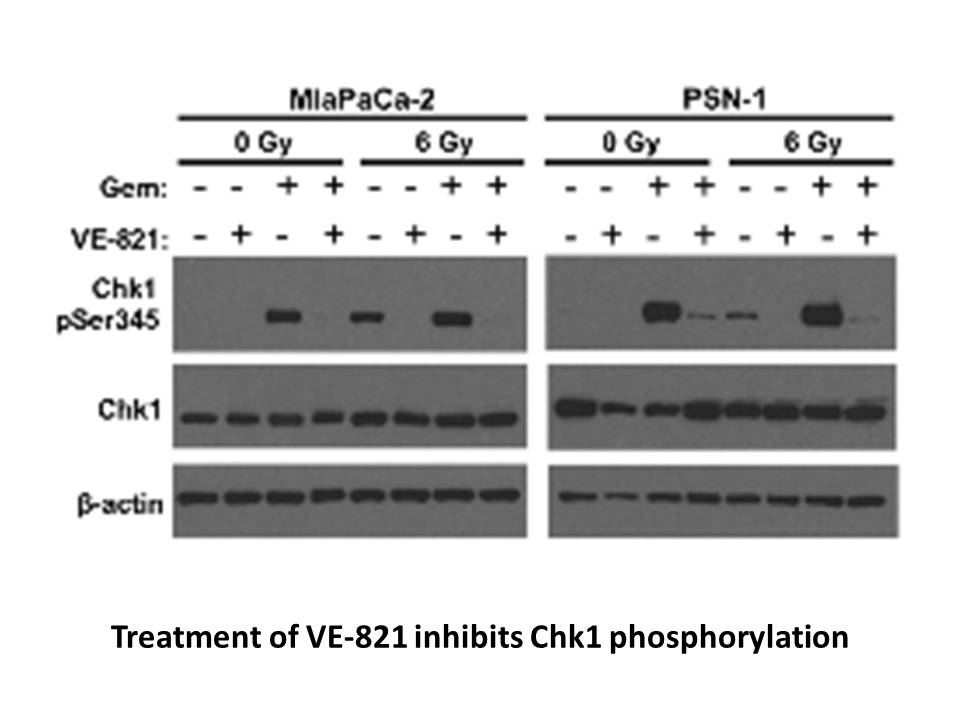
Lymphocyte mobility and homing is modulated by the chemoattractant receptor subfamily of G protein-coupled receptors (GPCRs) (Campbell et al., 2003, Rot and von Andrian, 2004). B cell migration and position are controlled to a large extent by the lymphoid chemokines CXCL13, CXCL12, CCL19, and CCL21
15385 records 733/1026 page Previous Next First page 上5页 731732733734735 下5页 Last page